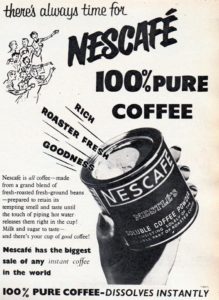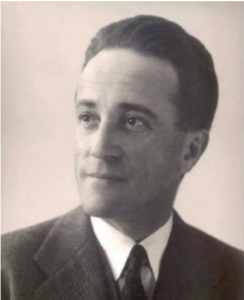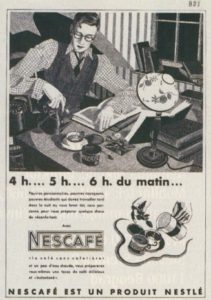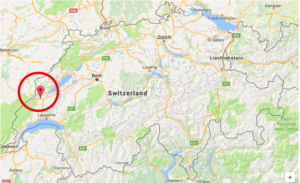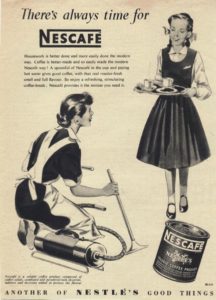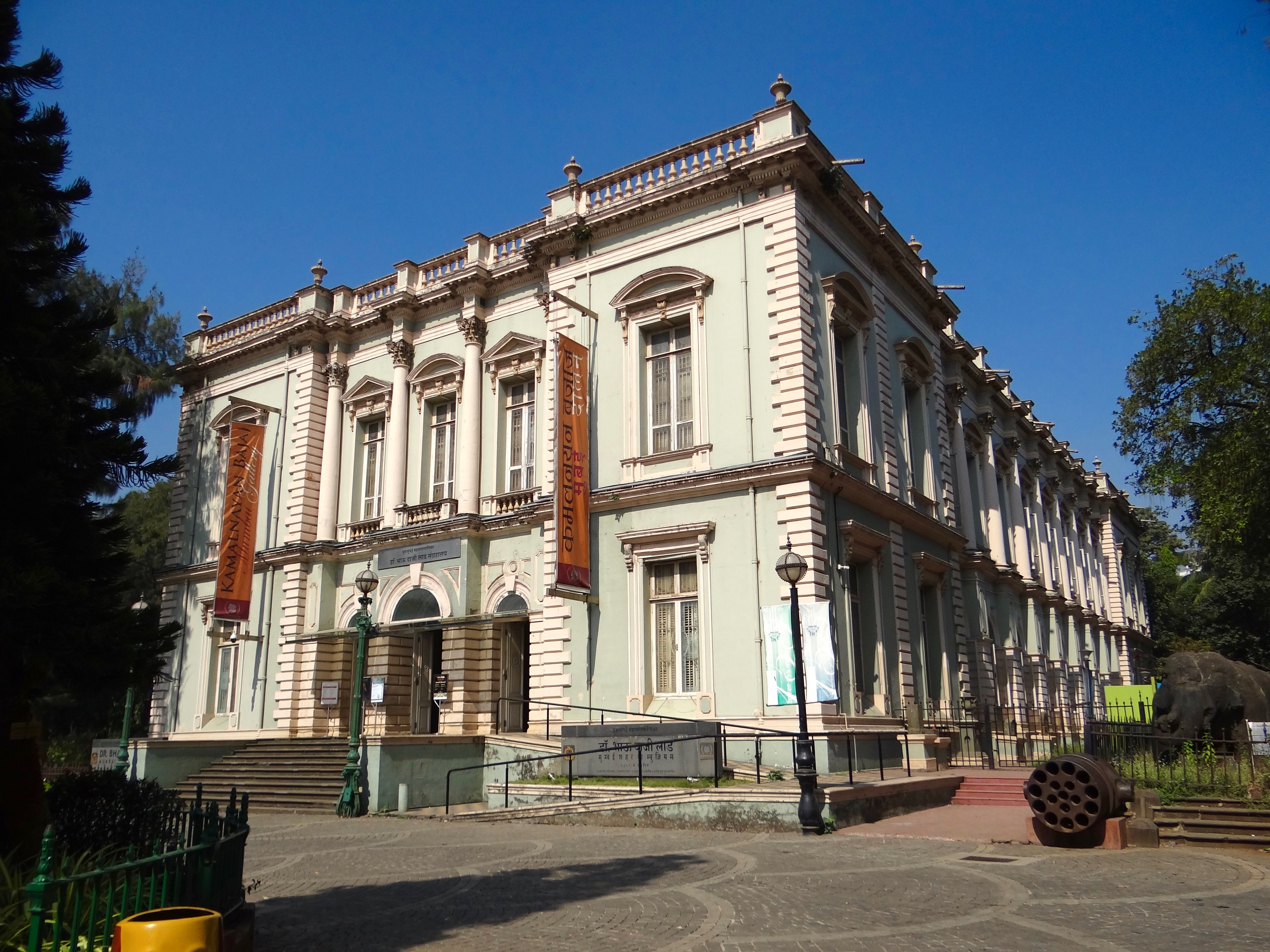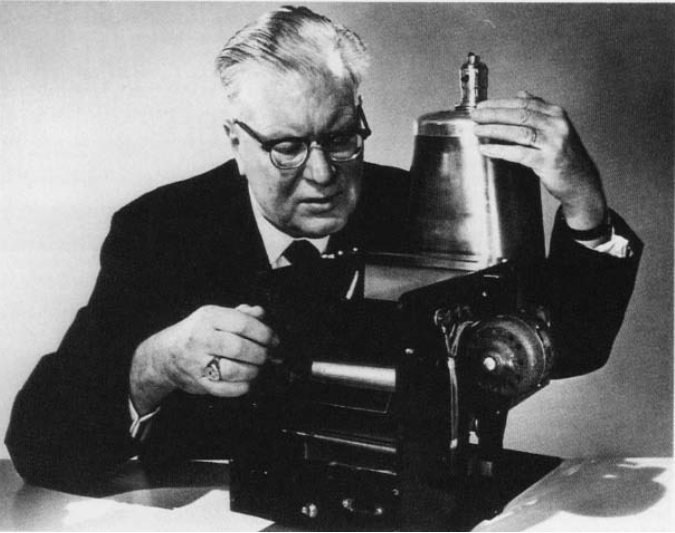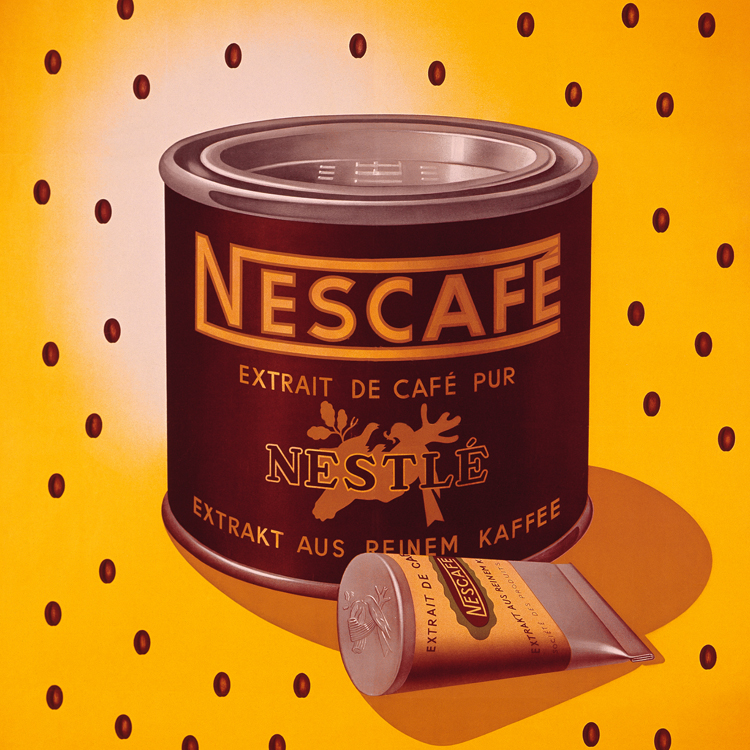
Instant Coffee
The Instant Fix which took 8 Years to Make
It all started with a Nescafé, really
Consumed your morning cup of coffee today? How did you have it? Did you grind coffee beans, put them in a filter and then make coffee?
What today we consider as authentically brewed coffee was once what was available to everyone. The instant coffee that we consume today was never heard off in the 19th century.
After the Great Depression of 1929, coffee prices began to fall. The coffee produced in Brazil lay in surplus in the warehouses. Something had to be done.
The Banque Française et Italienne pour l’Amérique du Sud asked the Nestle Chairman, Louis Dapples to do something about this excess coffee. Maybe they could have soluble coffee cubes made?
Nestle decided to work on it. A chemist Dr Max Morgenthaler was interested with the project. He was determined to introduce soluble long lasting instant coffee to the world.
The Swiss Nestle and Dr Max Morgenthaler were hard at work. What they were doing was never thought of before.
After three years of cumbersome research, Dr Morgenthaler discovered that the taste of café au lait (milk coffee) once powdered lasted longer. He also understood that the aroma of coffee lasted only in sweetened milk coffee powder and not the unsweetened one.
But there was another hiccup- this powdered milk coffee was not soluble. Furthermore, mixing the coffee with milk and sugar had production difficulties.
5 years researching and there was little progress. Nestlé had given up. Nothing could make coffee soluble and long lasting.
Dr Max Morgenthaler was too determined to be hindered in his research. He kept his day job and worked by night. He paid for the coffee beans himself.
After 8 years of research in 1936, Dr Max Morgenthaler concluded that the right amount of carbohydrates added to coffee could make it soluble. This was the ultimate solution.
A year later, this idea of drinkable soluble coffee samples was presented to the Nestlé Executive Board and technical directors.
They mulled over the idea and finally after two years on 1st April, 1938 soluble instant coffee rolled out from the Nestle factory in Orbe, Switzerland.
They named the coffee Nescafé. It was a simple amalgamation of the ‘Nes’ from Nestle and ‘café’ the french word for coffee.
This instant coffee was an instant success.
The idea of just pouring warm water over a coffee powder suited the new working class. The idea picked up in Switzerland, UK and the USA.
By 1940, Nescafé was available in 30 countries.
By this time, tin containers were used to store powdered soluble coffee.
Unfortunately, the growth of Nescafe shrunk in the Second World War.
Later in the war, they luckily realised the long shelf life of instant coffee and its benefits. The coffee beans would perish but this coffee was not only instant and long lasting but also compact to carry.
The Swiss, British and American troops became huge fans. Most of the produce was shipped off to American troops. Nescafe was added to their rations.
To meet demand, two new Nescafe factories were opened.
As Americans began carrying their Nescafe to Europe, they became indirect brand ambassadors. The demand spread in Europe too.
After the war in 1952, the carbohydrates were removed from the coffee.
A decade later, the tin containers were replaced by glass.
Today 5500 Nescafe cups are consumed every second in 180 countries. The brand has many different varieties of coffee available in beautifully shaped glass containers.
Nescafe has not only conquered the world but travelled to Mt. Everest with the first successful expedition of Edmund Hillary and Tenzing Norgay. It also went with Neil Armstrong to the Moon and back.
What would happen without our instant morning coffee fix? We’d be sleepy all day!
——–
This article is from the May Issue. To read the whole issue, please subscribe here and get your free online copy.
——–
Picture Curtesy to all images- Google Images

